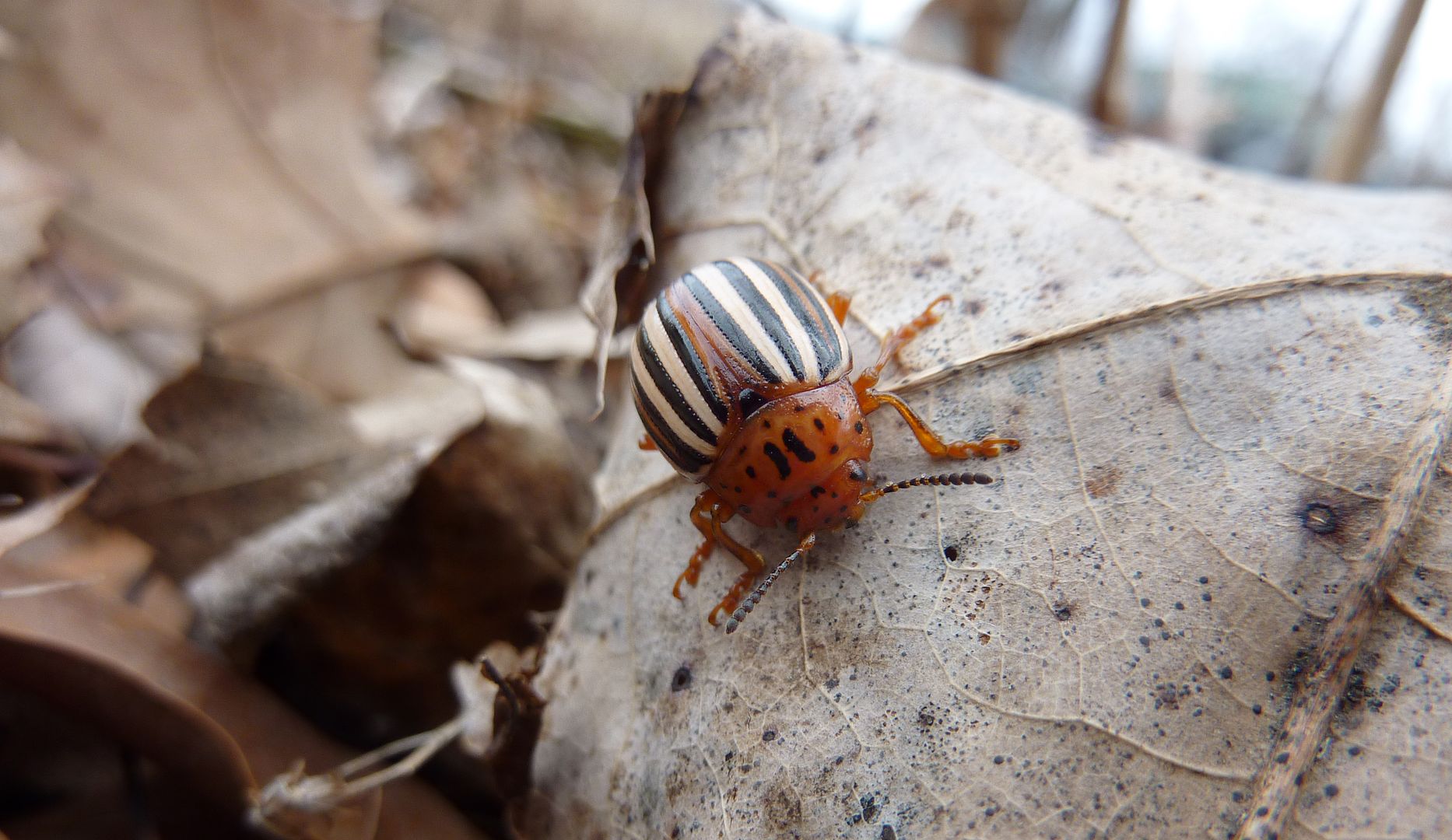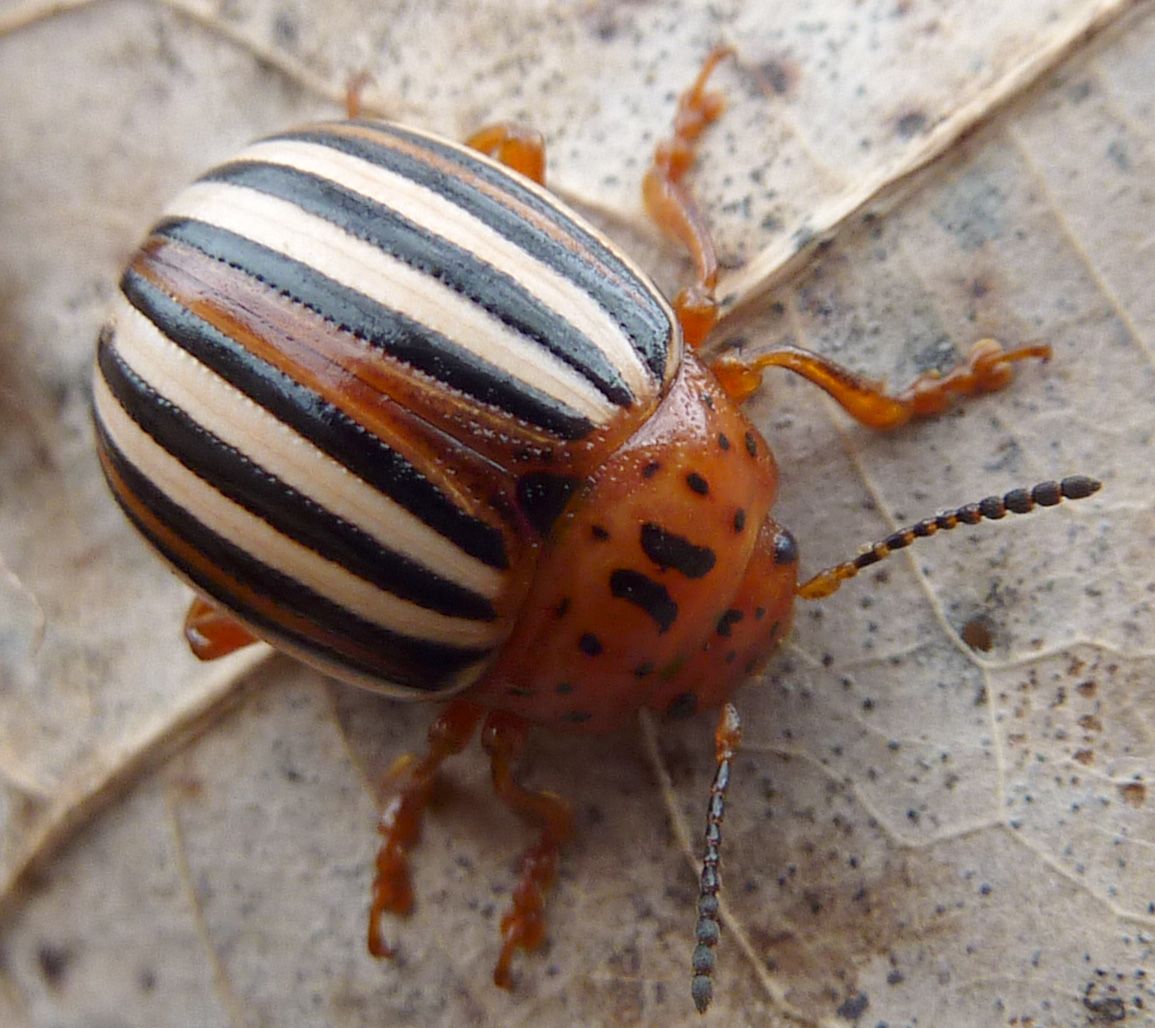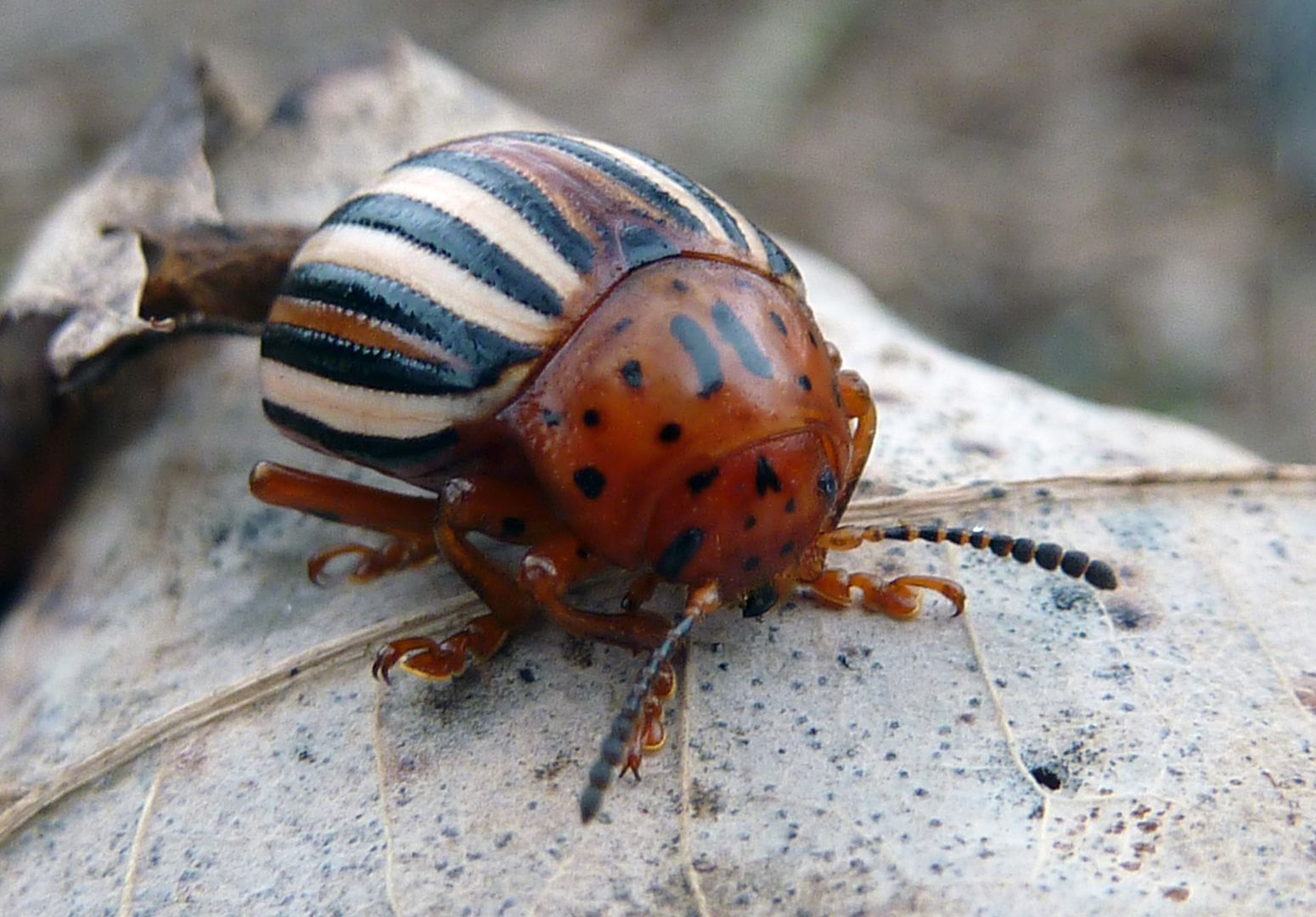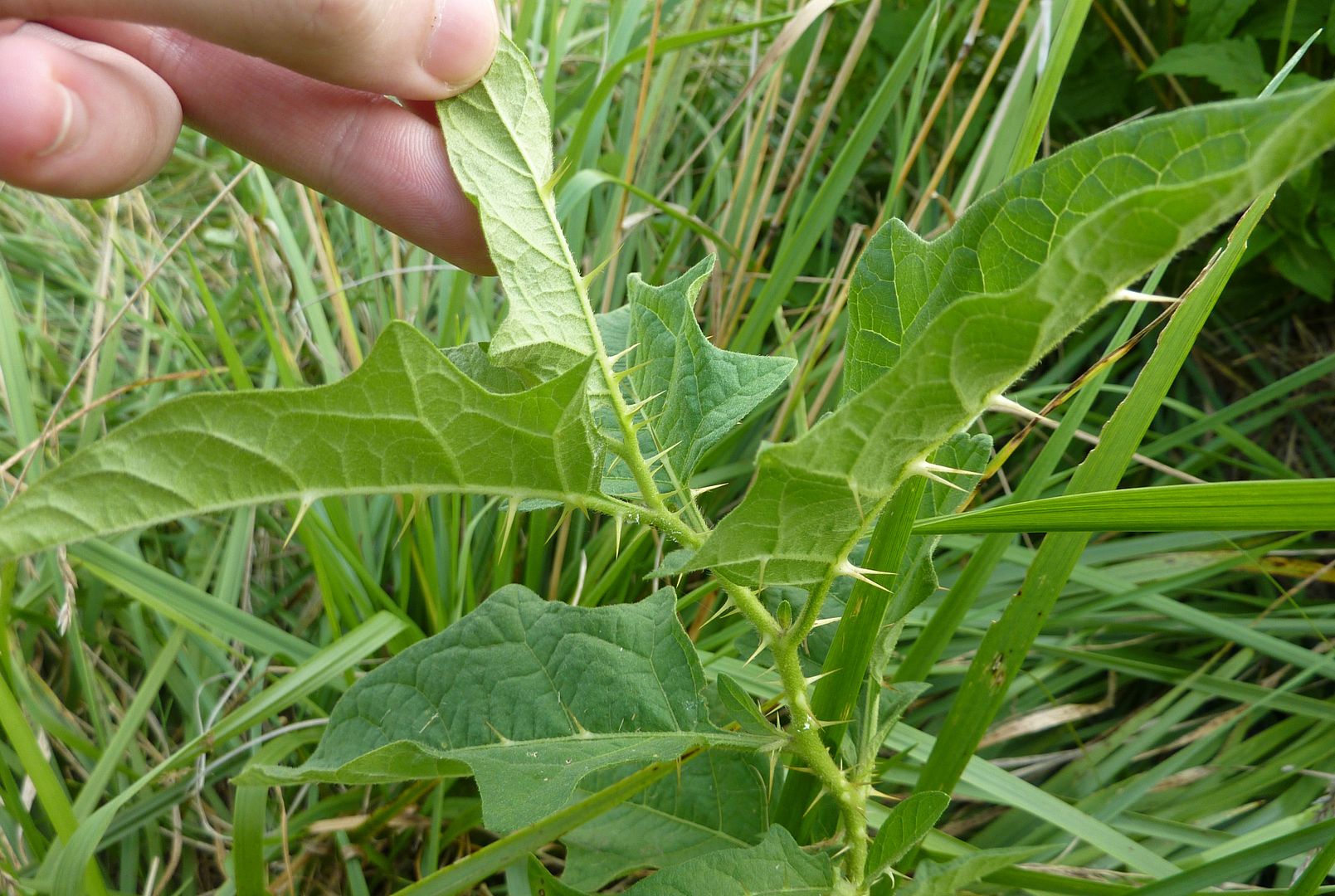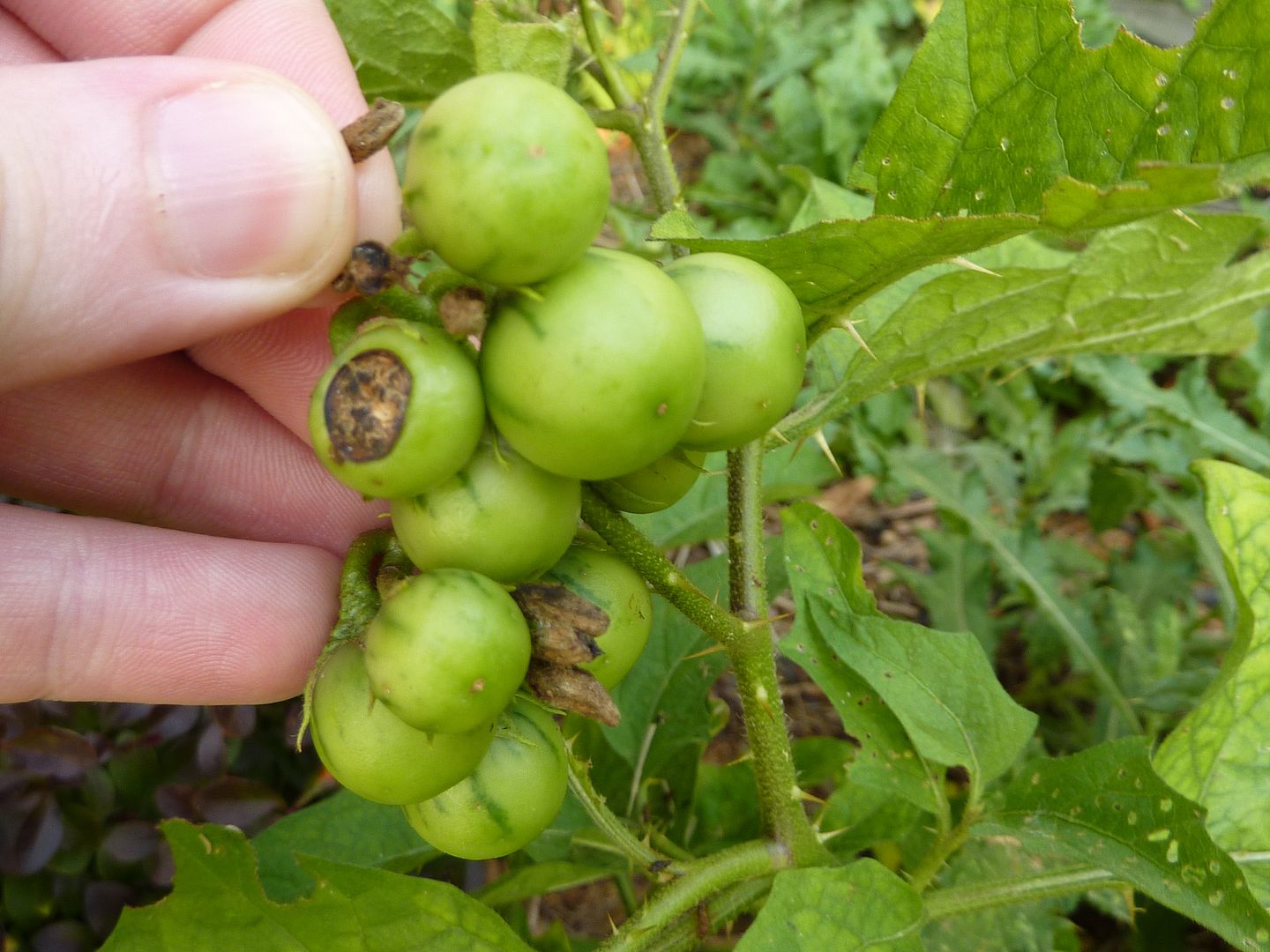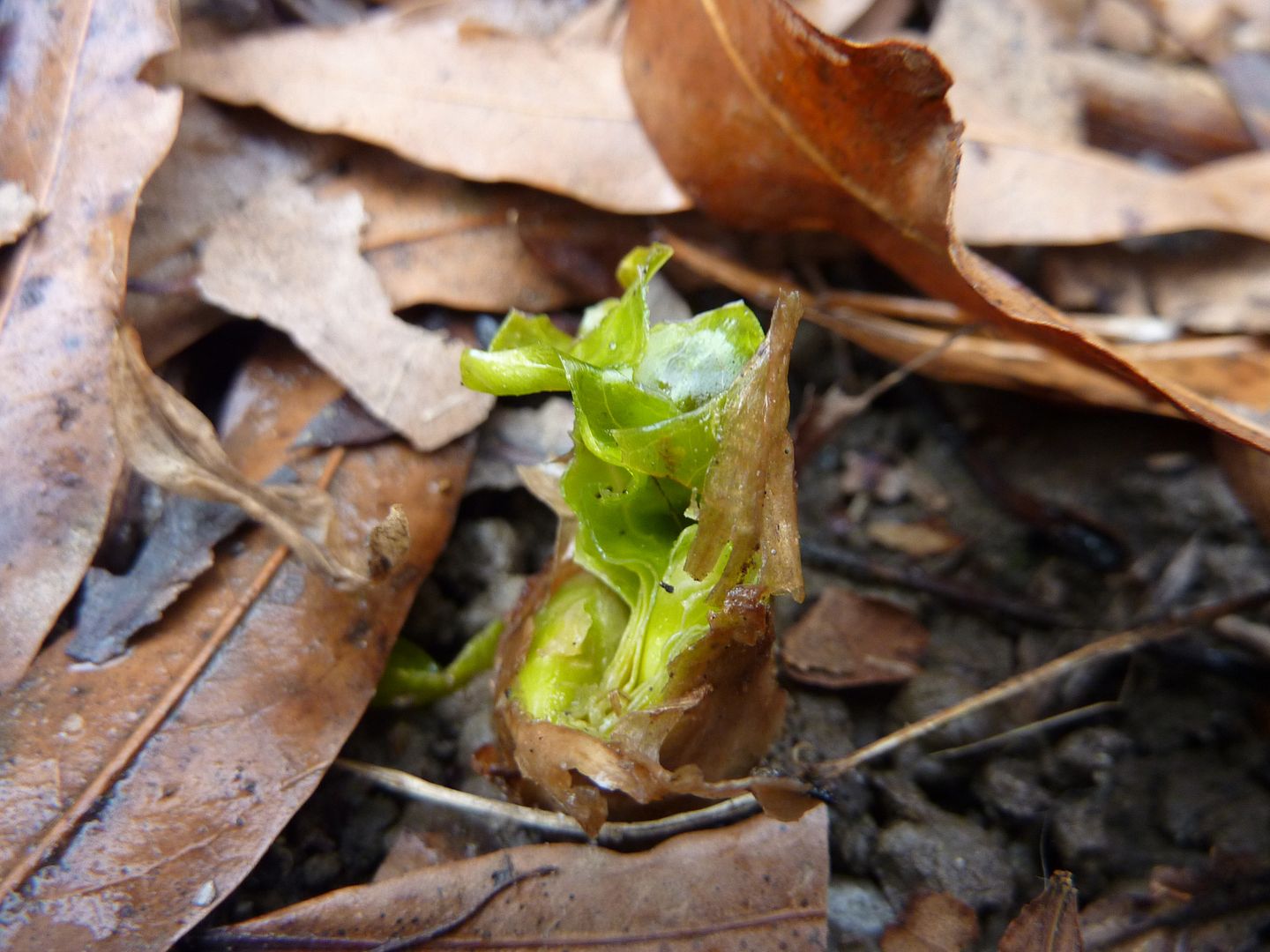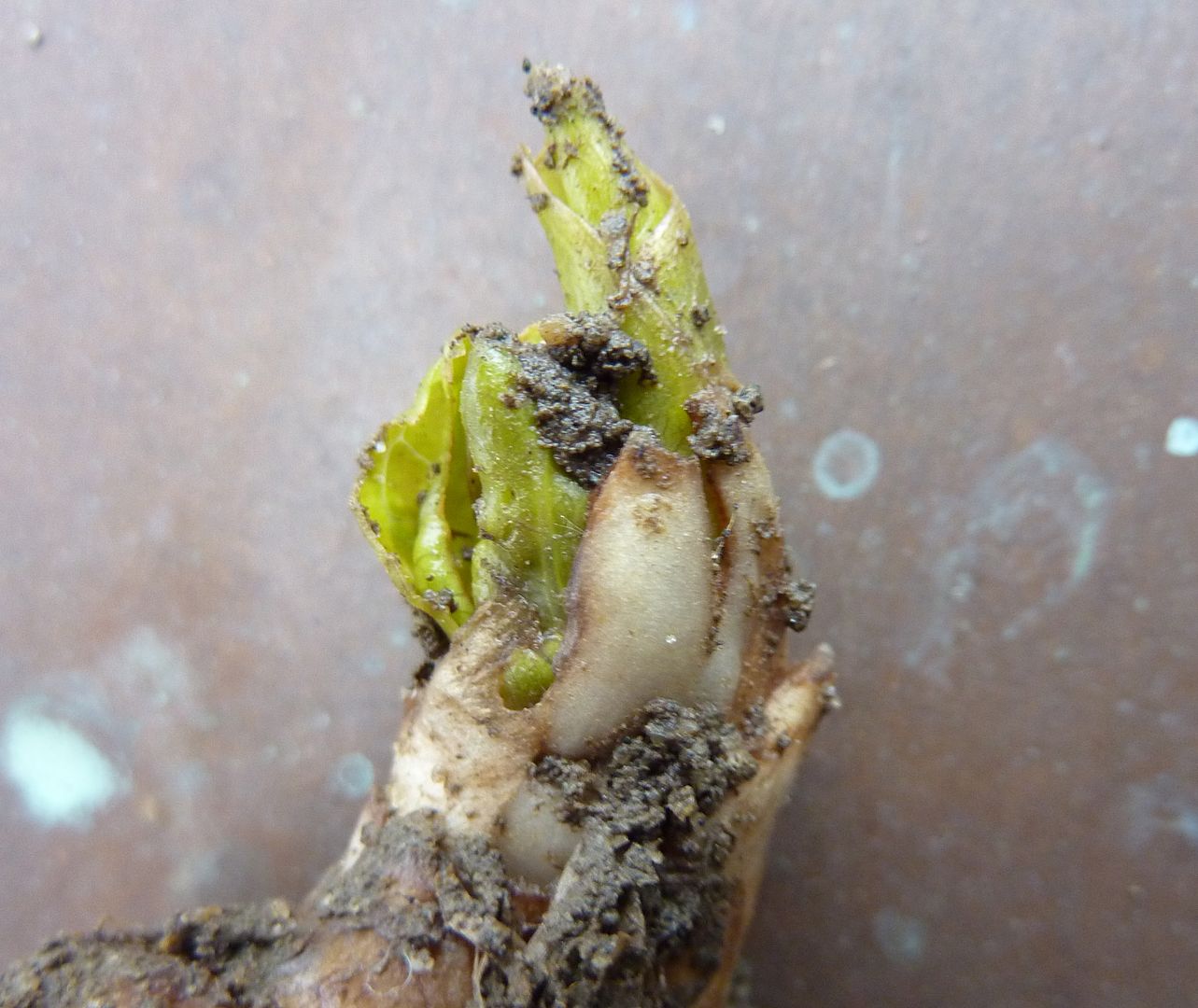Tuesday, February 19, 2013
Window Shelves
Window Shelves, ready for seed starting. I'll be adding a third shelf eventually, as well as trying out some seed starter trays from Jung... which arrived today and are annoyingly tiny.
Labels:
Seeds
Wednesday, February 13, 2013
"Native Plants for Honeybees" Now on Sale
"Native Plants for Honeybees" is now published and for sale at Create Space, and Amazon.com right now, as well as the Kindle Bookstore. The emphasis is on Eastern Natives Plants, though not quite as south as Florida, Texas, or California. I know it's not really said anywhere but hopefully the big New England Aster on the cover gives everyone the idea. A few western natives are included but not many, and certainly not as many as I'd like to recommend.
A Brief Overall:
Is it Native?
The Evolution of Flowering Plants: How different flower shapes attract different pollinators. Some native bees will only use the pollen to certain plants to feed to their young, in a similar way that butterflies only lay their eggs on certain host plants.
Measuring Biodiversity: Butterfly Gardening, some of the other insects native plants attract, Leaf Beetles, Aphids, and their predators and parasites and such.
Ants: they make up 1/3 the total insects of the world by number (not species) so it only makes sense to talk about their relation with honeybees. Honeybee hives are often used by some species as nests, and the hives themselves are fountains of resources in many regards. I talk about the degrees in which ants interact with them. The topic of illegal trade is also brought up here.
Don't Waste Their Time: This is the best advise I can give to any gardener trying to get honeybees in their garden.
The Plant List: 95 pages of Food Plants, Flowering Trees, Spring Ephemerals, and Wildflowers honeybees use to get them through the year. Not all are commercially available but those that aren't are brought up for good reason. Most are available of course.
Book Recomendations and Native Plant Nurseries with emphasis on ones that allow you to fill up a shopping card and check out on your own. I hate nurseries that call you in person and ask for your credit info.
A Brief Overall:
Is it Native?
The Evolution of Flowering Plants: How different flower shapes attract different pollinators. Some native bees will only use the pollen to certain plants to feed to their young, in a similar way that butterflies only lay their eggs on certain host plants.
Measuring Biodiversity: Butterfly Gardening, some of the other insects native plants attract, Leaf Beetles, Aphids, and their predators and parasites and such.
Ants: they make up 1/3 the total insects of the world by number (not species) so it only makes sense to talk about their relation with honeybees. Honeybee hives are often used by some species as nests, and the hives themselves are fountains of resources in many regards. I talk about the degrees in which ants interact with them. The topic of illegal trade is also brought up here.
Don't Waste Their Time: This is the best advise I can give to any gardener trying to get honeybees in their garden.
The Plant List: 95 pages of Food Plants, Flowering Trees, Spring Ephemerals, and Wildflowers honeybees use to get them through the year. Not all are commercially available but those that aren't are brought up for good reason. Most are available of course.
Book Recomendations and Native Plant Nurseries with emphasis on ones that allow you to fill up a shopping card and check out on your own. I hate nurseries that call you in person and ask for your credit info.
Sunday, February 10, 2013
Thinning the Tall Goldenrod, Solidago altissma
Tall Goldenrod, Solidago altissma, started in my garden as just one cane. Actually I had a butterfly bush there and noticed one of the stems looked different. When I got rid of the butterfly bush I kept the stem and it turned out to be goldenrod.
The following year that one stem turned into 7, then 12, then 40, then ~100 and I've stopped counting ever since. I've kept them confined to an area that's only 3' by 6'. But they'd grow to be so much taller, 8' to 13' and often they'd fall over into the surrounding pathways. While I have thinned them in the past, this year I decided to pull as much as I could. I'm still going to have plants growing there, but hopefully I won't need to thin them for another few years.
Thursday, February 7, 2013
False Potato Beetle
The
False Potato Beetle, Leptinotarsa juncta, apparently overwinters as an
adult, hiding among the leaf litter.
Note the chestnut-brown stripe down its back which is not found on the Colorado Potato Beetle.
The larva to this species is also white, whereas the Colorado Potato Beetle is brown or rosy colored.
Host plants include Horse-Nettle which has mysteriously become a lawn weed with one of my neighbors. The flower to this plant is exactly like you see on a potato plant, but they only grow a foot or two long and are covered in some nasty thorns, that actually run along the central vane of the leaves too.
This plant is a relative of the Tomato and even produces small cherry tomato-like fruits. I don't believe they're edible to humans, and in facts are probably poisonous! I have no idea what caused this plant to suddenly show up in my neighborhood! I've lived here all my childhood, and only noticed how abundant it was in my neighbor's lawn in the past two years. Presumably he treated his lawn with grass seed that was contaminated with those of Horse-Nettle.
They also use Nightshade which does occur along our fence but isn't all that common.
Note the chestnut-brown stripe down its back which is not found on the Colorado Potato Beetle.
The larva to this species is also white, whereas the Colorado Potato Beetle is brown or rosy colored.
Host plants include Horse-Nettle which has mysteriously become a lawn weed with one of my neighbors. The flower to this plant is exactly like you see on a potato plant, but they only grow a foot or two long and are covered in some nasty thorns, that actually run along the central vane of the leaves too.
This plant is a relative of the Tomato and even produces small cherry tomato-like fruits. I don't believe they're edible to humans, and in facts are probably poisonous! I have no idea what caused this plant to suddenly show up in my neighborhood! I've lived here all my childhood, and only noticed how abundant it was in my neighbor's lawn in the past two years. Presumably he treated his lawn with grass seed that was contaminated with those of Horse-Nettle.
They also use Nightshade which does occur along our fence but isn't all that common.
Wednesday, February 6, 2013
Coming to an Internet near you
Got a proof copy in the mail today. Sadly I've since made edits after ordering but it feels so good just to have something you can hold in your hands. The paper quality is somewhat lacking, in my opinion, but hopefully that's because it's a proof copy (which cost me $10 less than the minimum price I'm allowed to sell it for). Presumably the finished copy will have better paper quality
Regrettably I was not able to add any gardening or honeybee related drinking games. And the thought of taking a shot every time you saw a bee or butterfly would quickly turn most readers into alcoholics.
Regrettably I was not able to add any gardening or honeybee related drinking games. And the thought of taking a shot every time you saw a bee or butterfly would quickly turn most readers into alcoholics.
Labels:
Book
Saturday, February 2, 2013
Transplanting Trilliums
Trilliums are ideally transplanted in August or September, right when the green growth dies back. I've been meaning to do that because some of mine are planted in a garden that's too dry over the summer. They typically abort their seed pods and go dormant before spreading them, unless I'm careful to water them every other day. Last year I waited too long and couldn't remember where they were planted, so I'm doing it a little late this year.
Trillium luteum seems to be the earliest species to push out of the ground. Because of this happening right when they wake up, I'm only moving two of them as a test. I'm expecting them to abort the flower as they don't do well to disturbance like this.
Their root takes on the form of a rhizome. Basically these are mutant potatoes that grow long-wise through the soil moving through the soil very slowly over the decades, dividing on occasion and very slowly separating. The older parts of the rhizome will slowly rot, at a rate relative to the soil conditions. In ideal soil conditions, old Trillium plants can grow out to form hundreds of stems before any noticeable rotting happens, while Trilliums in poor soil will be looser, spread out, and reproduce better by seed.
I don't see any rot happening down at the old part of the plant. It looks like someone manually divided it at some point, but you can see that stems emerge from the newest part of the rhizome, as well as most of the roots.
The leaves and flower are basically already formed, it's simply a matter for the plant to push this growth up to inflate.
Of the two that I moved, I only disturbed the soil from one of them, while the other I kept mostly undisturbed in a big clump of earth. Hopefully I'll get lucky, and they won't abort the flowers.
Trillium luteum seems to be the earliest species to push out of the ground. Because of this happening right when they wake up, I'm only moving two of them as a test. I'm expecting them to abort the flower as they don't do well to disturbance like this.
Their root takes on the form of a rhizome. Basically these are mutant potatoes that grow long-wise through the soil moving through the soil very slowly over the decades, dividing on occasion and very slowly separating. The older parts of the rhizome will slowly rot, at a rate relative to the soil conditions. In ideal soil conditions, old Trillium plants can grow out to form hundreds of stems before any noticeable rotting happens, while Trilliums in poor soil will be looser, spread out, and reproduce better by seed.
I don't see any rot happening down at the old part of the plant. It looks like someone manually divided it at some point, but you can see that stems emerge from the newest part of the rhizome, as well as most of the roots.
The leaves and flower are basically already formed, it's simply a matter for the plant to push this growth up to inflate.
Of the two that I moved, I only disturbed the soil from one of them, while the other I kept mostly undisturbed in a big clump of earth. Hopefully I'll get lucky, and they won't abort the flowers.
Subscribe to:
Posts (Atom)


